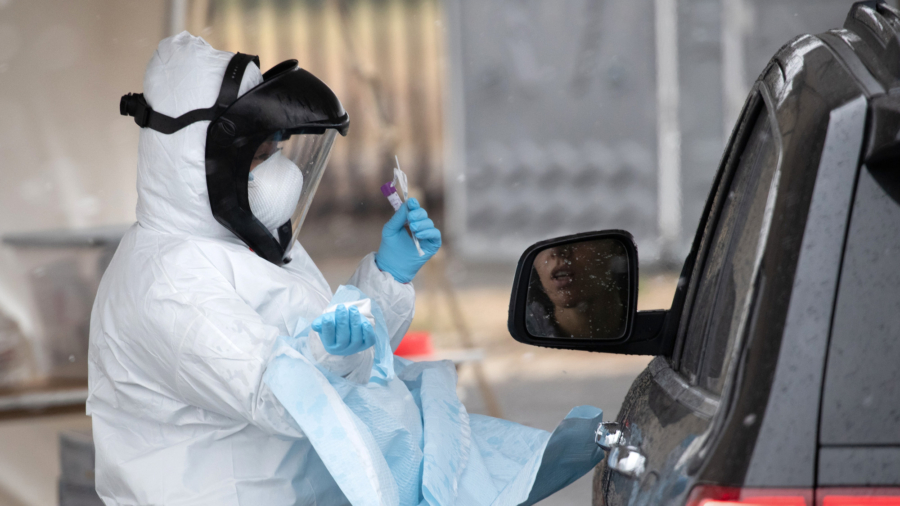The CCP virus infection rate in the Bay area may be 50-80 times higher than officially tallied so far—and mortality rate 50-80 times lower—according to a study.
“The most important implication of these findings is that the number of infections is much greater than the reported number of cases,” the researchers with Stanford University wrote in a report issued on Friday.
“Our findings suggest that there is somewhere between 50- and 80-fold more infections in our county than what’s known by the number of cases than are reported by our department of public health,” Dr. Eran Bendavid, the Stanford professor who headed the study, told ABC News about the COVID-19 disease, which is caused by the CCP virus, or novel coronavirus.
1/2 This probably aligns with what overall national exposure may be, on order of about 5% once we do wide serology. Santa Clara was a hot spot and I would have expected exposure to be higher. Overall we’re probably diagnosing 1 in 10 to 1 in 20 infections https://t.co/iJWt7wnCoK
— Scott Gottlieb, MD (@ScottGottliebMD) April 17, 2020
The researchers’ findings were based on the study of a group of about 3,300 volunteers in Santa Clara County, one of the first COVID-19 hot spots in the country, on April 3 and 4.
Investigators found that some 2.5 percent to 4.2 percent of those tested had developed antibodies. Extrapolated to the 1,9 million people living in Santa Clara County, that would suggest that between 48,000 and 81,000 people were infected on the days of testing, 50 to 80 times more than officially registered—around 1,100, or 0.06 percent—on April 1, the day before the testing started.
“These prevalence estimates represent a range between 48,000 and 81,000 people infected in Santa Clara County by early April, 50 (to) 85-fold more than the number of confirmed cases,” the authors wrote.
At the same time, since the infection rate seems to be 50 to 85 times higher than confirmed thus far, given the same number of people that died of the disease, the mortality rate should equally be adjusted downward by 50 to 85 times.
“Many estimates of fatality rate use a ratio of deaths to lagged cases (because of duration from case confirmation to death), with an infections-to-cases ratio in the 1-5 fold range as an estimate of under-ascertainment,” the researchers wrote. “Our study suggests that adjustments for under-ascertainment may need to be much higher.”
The participants, who were recruited through Facebook and had access to vehicles to make it to one of three erected drive-through testing centers, consisted overwhelmingly of white women between 19 and 64 years of age.


